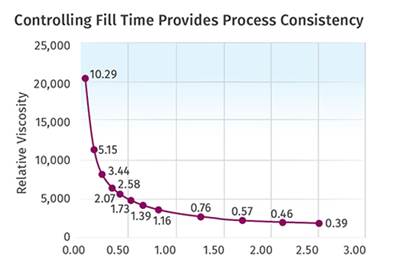Injection Know How
INJECTION MOLDING: Processing Nylon…and Other Problems
As moisture content in this and other hygroscopic resins varies, so will your viscosity and process. Here’s how to deal with these issues
Read MoreINJECTION MOLDING: Gate Freeze Study: Danger in a Name?
The test actually determines the hold time needed to mold repeatable parts, and it should be done regardless of whether the gate freezes or not.
Read MoreINJECTION MOLDING: Properly Placing & Cooling Insulator Plates
Thermal-energy management from the mold to the platens is critical for making consistent parts.
Read MoreINJECTION MOLDING: Do You Need to Profile Injection Velocity?
Look at the parts. If the answer is yes, the on-machine viscosity curve can help.
Read MoreINJECTION MOLDING: Improving Barrel-Temperature Measurement and Control
Proper thermocouple placement and contact area are crucial, as is wire maintenance. But remember that barrel temperature and melt temperature are not the same
Read MoreINJECTION MOLDING: Get Control Over Barrel Zone Temperature Override
Poor temperature control results in an erratic melt stream and process. Here are some tips on how to get things under control.
Read MoreINJECTION MOLDING: Develop Guidelines—Not Strict Procedures— For a Robust Molding Process
‘Fool-proof’ dos and don’ts will prove foolhardy in a process with so many variables. You aren’t slinging burgers.
Read MoreINJECTION MOLDING: Gate-Seal Testing Done Right
Follow these 16 steps to perform the experiment and learn what is best for your part and process.
Read MoreINJECTION MOLDING: Why Pellet Size and Shape Are Important
Uniformity is needed to help ensure melt quality.
Read MoreUnderstanding Machine vs. Plastic Variables
Why setup sheets, DOEs, validations, etc. may not yield the results they should.
Read More


















